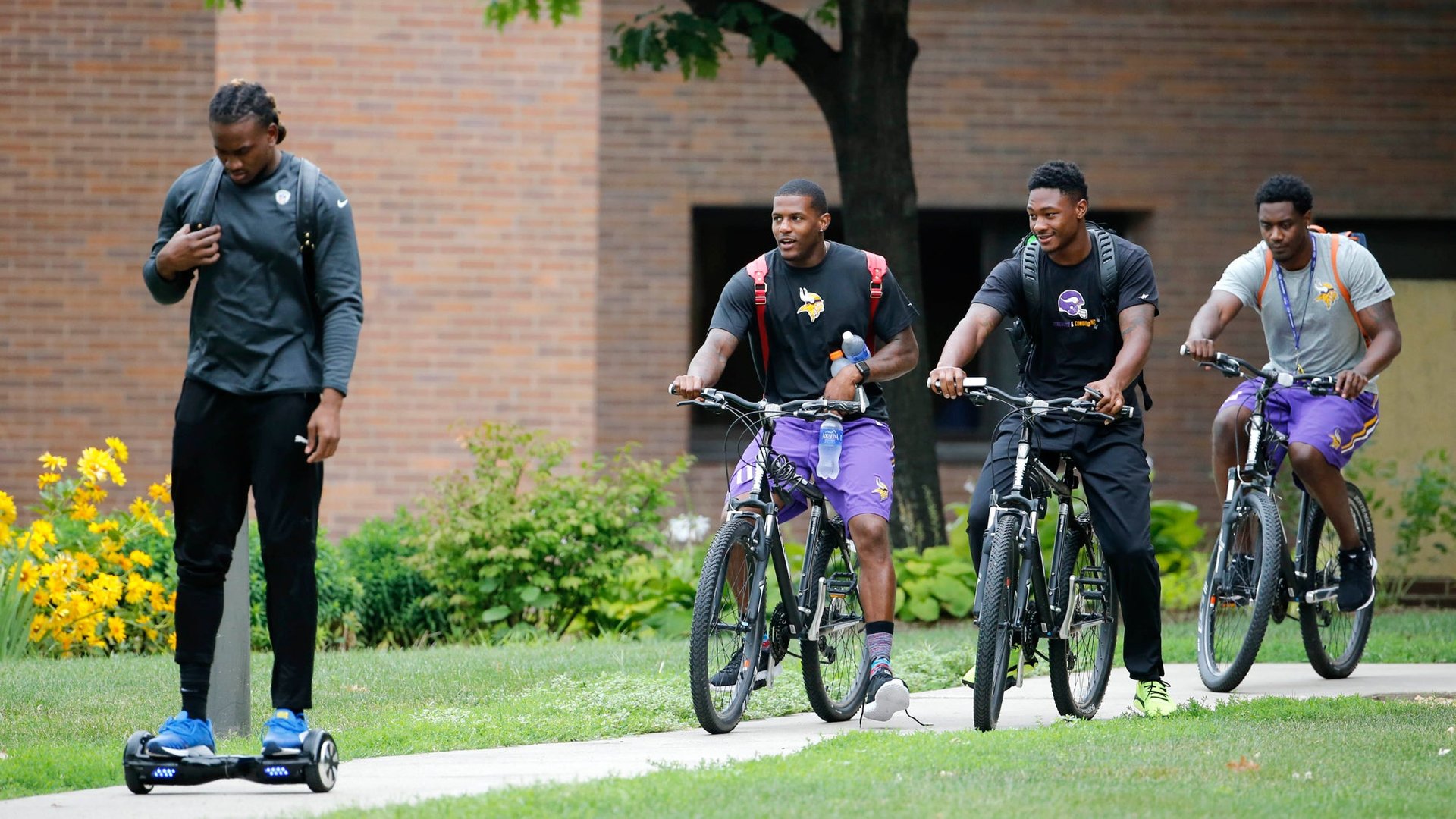An adorably earnest safety lab is going to start certifiying hoverboards
Last year was the year of the hoverboard. The non-hovering, self-balancing scooters seemed to be in the news just about everywhere as some new celebrity or other tried one out, made their own version, or fell off one. But the devices were just as often in the news for blowing up and setting houses—and people— on fire.


Last year was the year of the hoverboard. The non-hovering, self-balancing scooters seemed to be in the news just about everywhere as some new celebrity or other tried one out, made their own version, or fell off one. But the devices were just as often in the news for blowing up and setting houses—and people— on fire.
Shoddy manufacturing standards in an industry that sprang up pretty much overnight were likely to blame, but one very earnest safety lab in the US Midwest is trying to ensure that the next generation of hoverboards are actually safe to use at home.
The testing and certification lab UL announced on Feb. 2 that it’s accepting hoverboards from companies to see if it can create a set of safety standards, with the hope that hoverboards would have to meet them before they could go on sale in the US. “Our expert science, research, and engineering teams have now developed the appropriate requirements and methodology to confidently evaluate and test the entire self-balancing scooter for electrical and fire-hazard safety as a system,” Jeff Smidt, UL’s head of energy and power technologies division, said in a new release.
While UL hasn’t yet codified its ideas on what constitutes a well-built hoverboard, it has released some sound advice on how to safely charge and use a hoverboard in the meanwhile. In case you didn’t watch the exceedingly sincere video above, here’s what the lab suggests:
- Keep hoverboards away from anything flammable while they’re charging.
- Don’t overcharge them: Only charge them for as long as the manufacturer recommends.
- Don’t leave them plugged in overnight.
- Only use the charger that came with the hoverboard.
- If one catches fire, don’t assume a fire extinguisher will fix the problem: It could be a chemical or electrical fire, so call emergency services immediately. And get out of there.
UL also said that it’s supporting the US Customs and Border Protection agency to help it identify any hoverboards that show up in the US with fake UL seals on them. Seizing hoverboards has become a bit of a sport for the government in recent months—a booth with knock-off hoverboards was even raided at the Consumer Electronics Show last month, and had its inventory seized.
In the same way that Facebook was supposed to stop being cool when kids’ parents got on it, it’ll be interesting to see whether hoverboards maintain their cachet in 2016—especially now that middle-aged Midwesterners have started explaining how to safely operate them. It’s a world away from Justin Bieber, Kendall Jenner, and Tyga.